The Apple iPhone: A Comprehensive History of Every Generation
The iPhone, a 21st-century marvel, boasts over 2.3 billion units sold globally. Its revolutionary design has redefined the smartphone landscape. With 17 years of innovation, let's explore the complete chronological history of every iPhone model, from 2007 to 2024, including the latest iPhone 16.
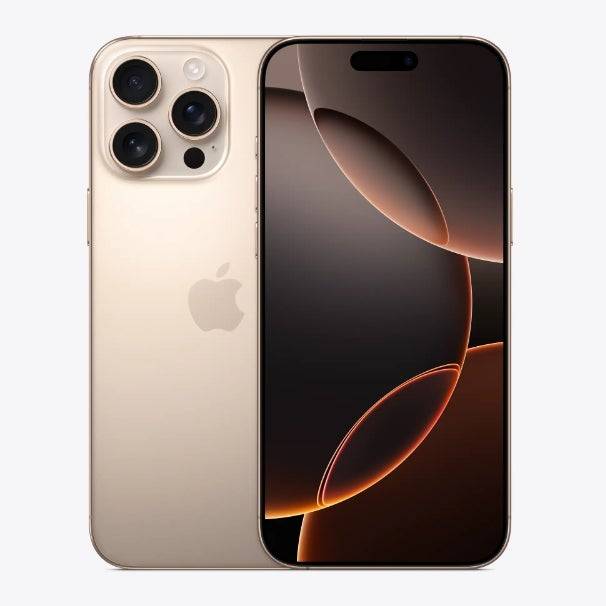
How Many iPhone Generations Exist?
A total of 24 distinct iPhone generations have been released. Since the inaugural model in 2007, at least one new model has launched annually. This count includes variations like the Plus and Max series within each main generation, along with distinct models such as the iPhone SE 2 and iPhone XR.
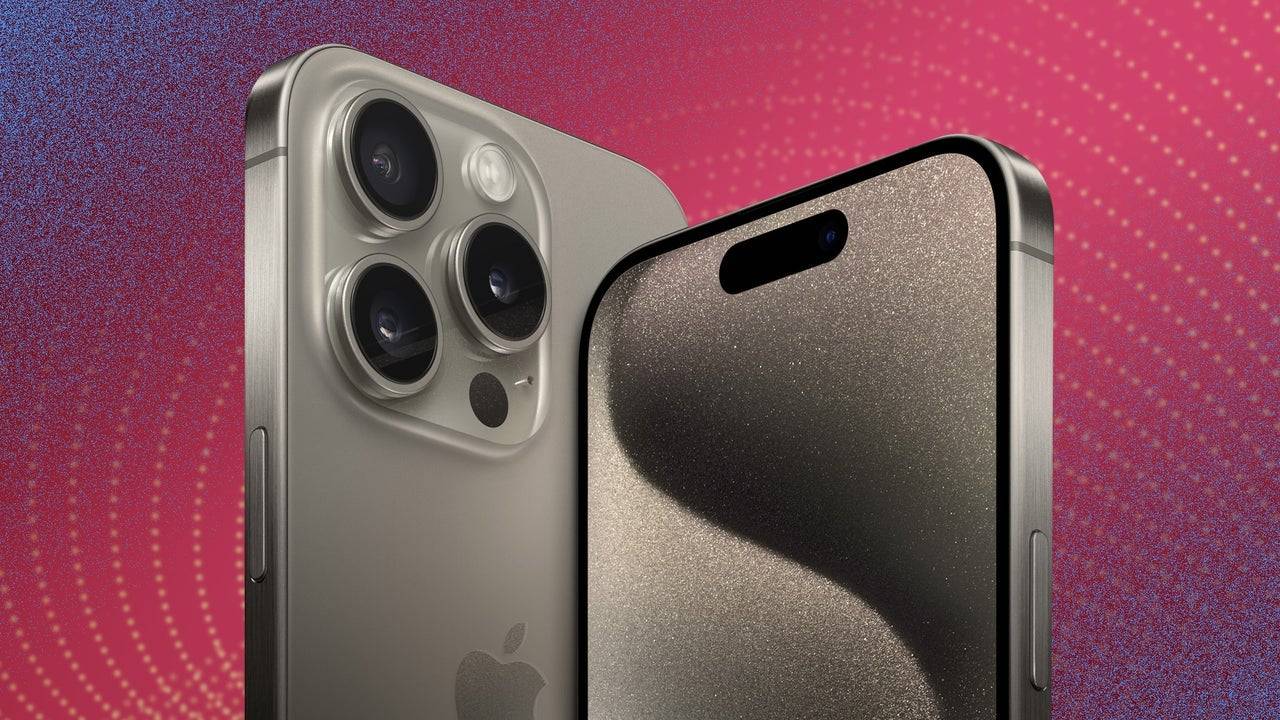
Every iPhone Generation: A Detailed Timeline
- iPhone (June 29, 2007): The groundbreaking original, combining iPod, phone, and internet capabilities. Its 3.5-inch display and 2MP camera marked a significant shift in mobile technology.
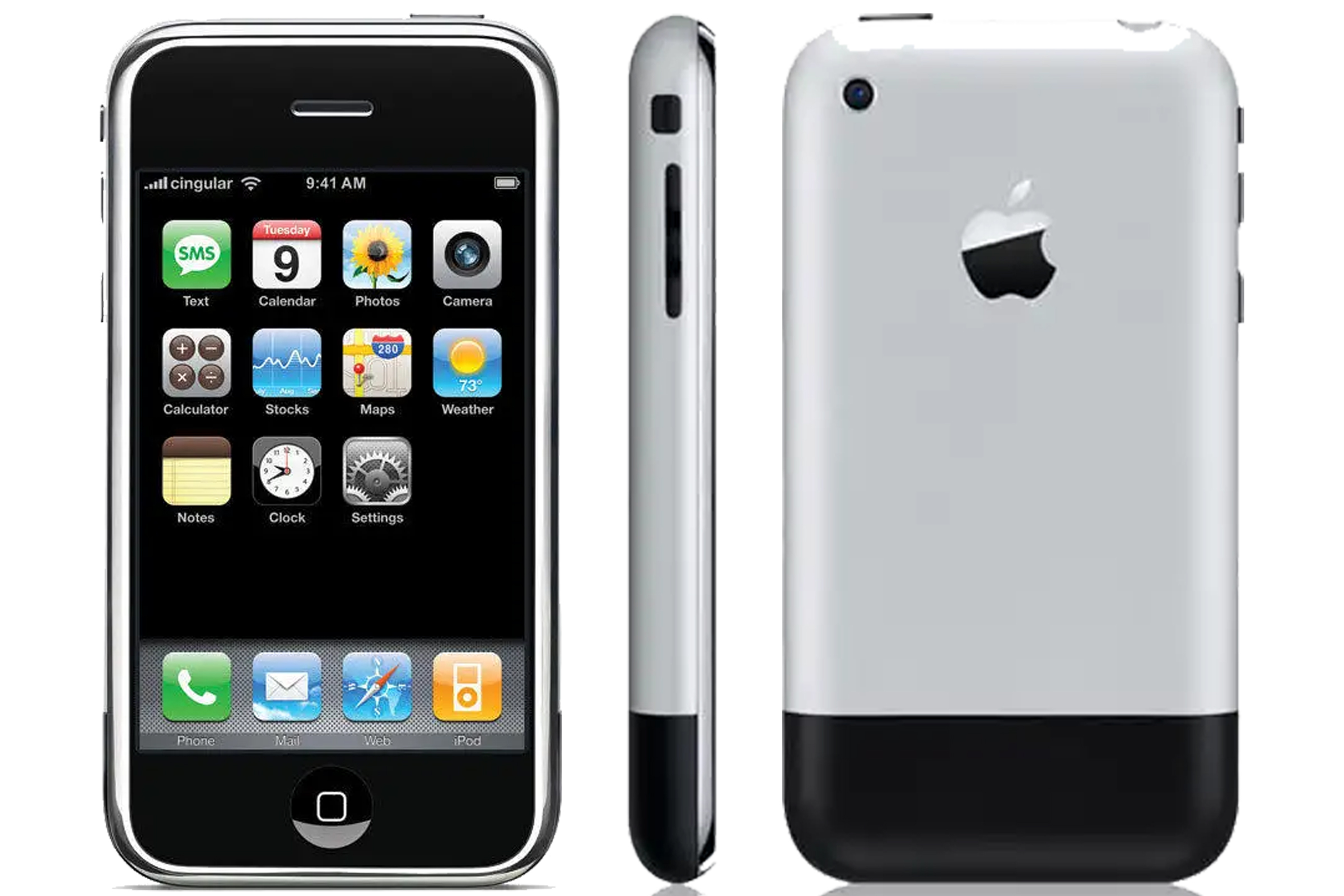
- iPhone 3G (July 11, 2008): Introduced 3G connectivity and the revolutionary App Store.
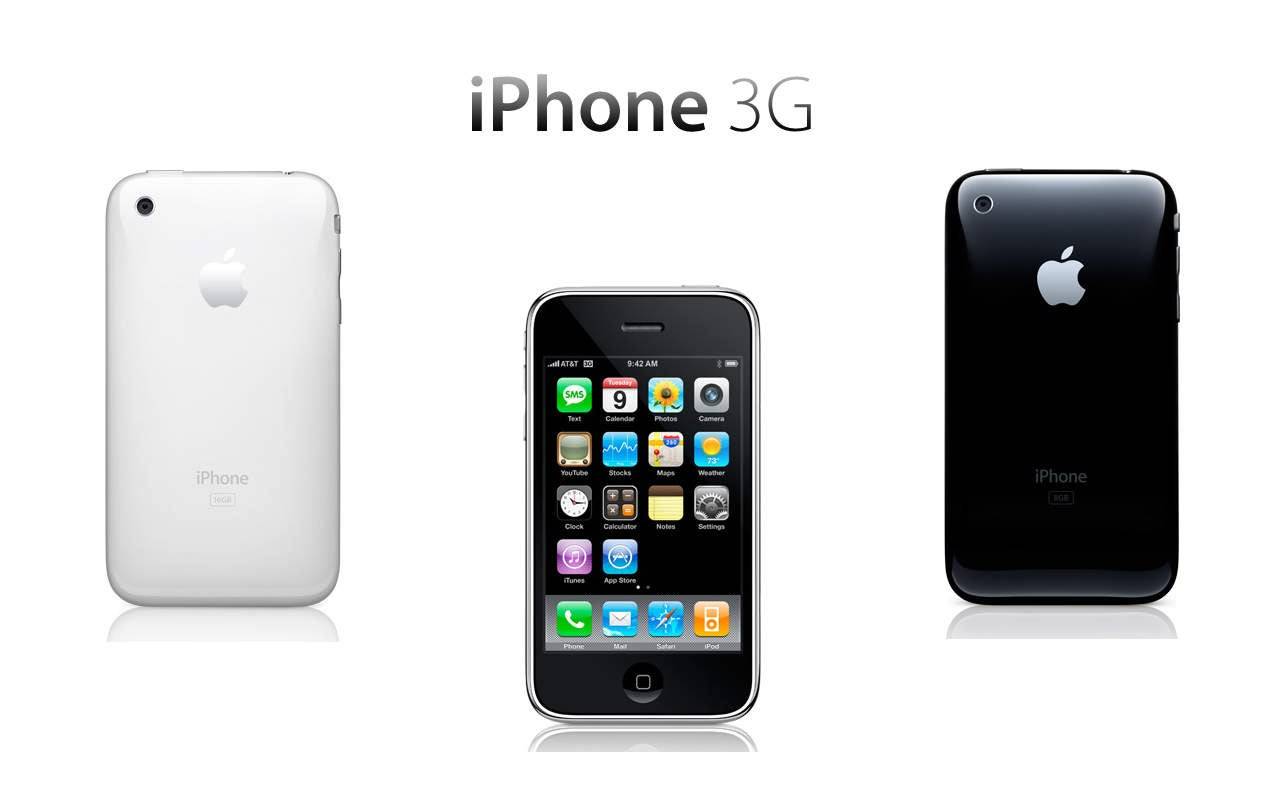
- iPhone 3GS (June 19, 2009): Boasted a 3MP camera and double the processing speed of its predecessor.
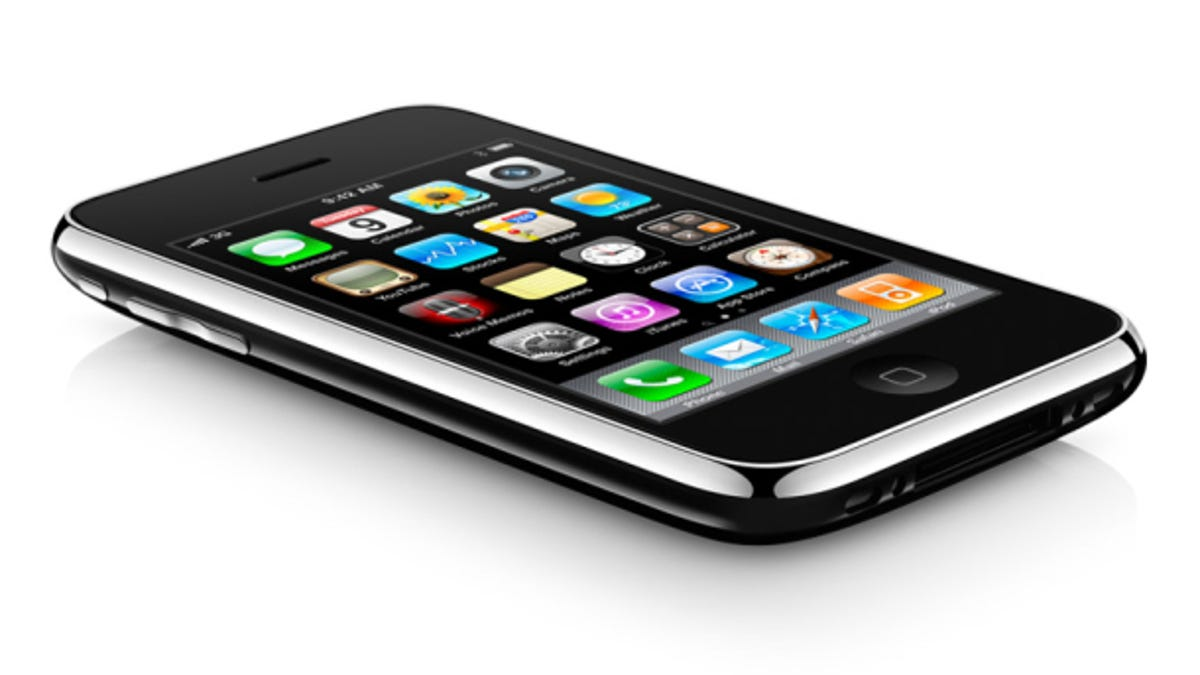
- iPhone 4 (June 24, 2010): Showcased FaceTime video calling, a 5MP camera with LED flash, and Apple's first Retina display.
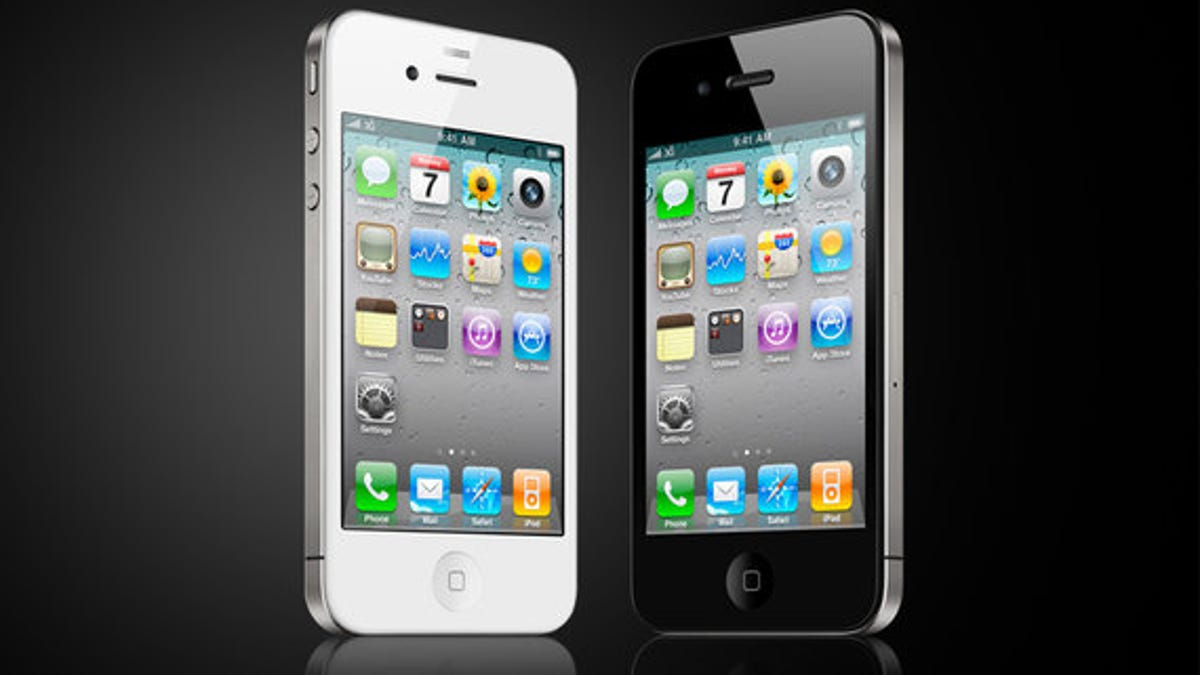
- iPhone 4S (October 14, 2011): Debuting Siri, iCloud, and iMessage, along with 1080p video recording.
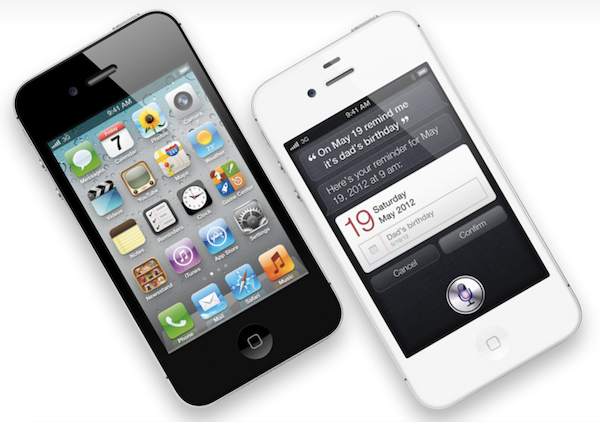
- iPhone 5 (September 21, 2012): Introduced LTE support, improved audio, and the Lightning port.

- iPhone 5S (September 20, 2013): Featured Touch ID fingerprint scanning, the A7 processor, and enhanced camera technology.
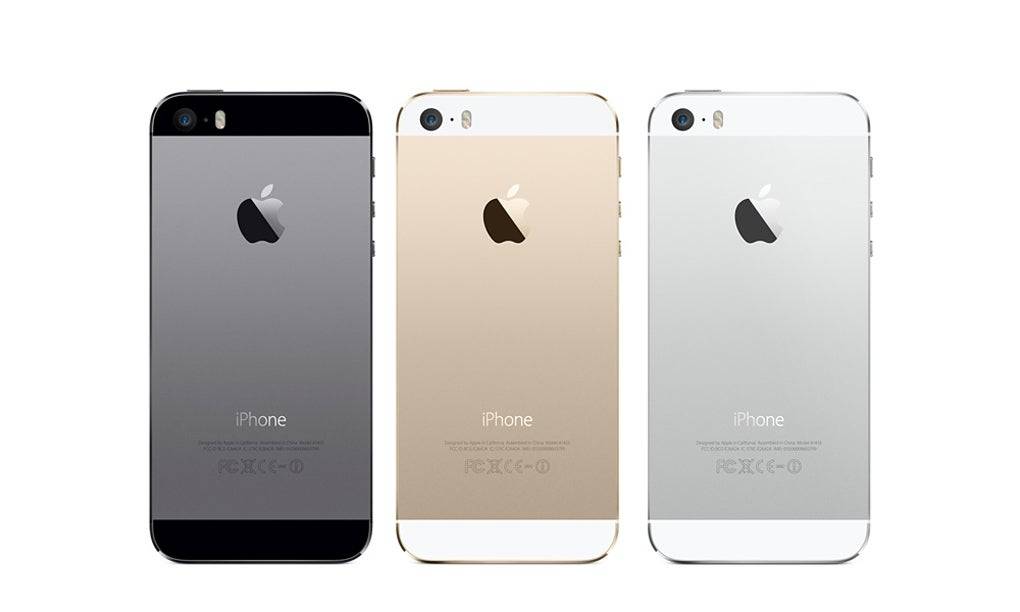
- iPhone 5C (September 20, 2013): Apple's first budget-friendly iPhone, offering vibrant colors and iPhone 5 hardware.

- iPhone 6 (September 19, 2014): Introduced a sleeker design, Apple Pay, and the larger iPhone 6 Plus.

- iPhone 6S (September 25, 2015): Featured 3D Touch, and 4K video recording capabilities.
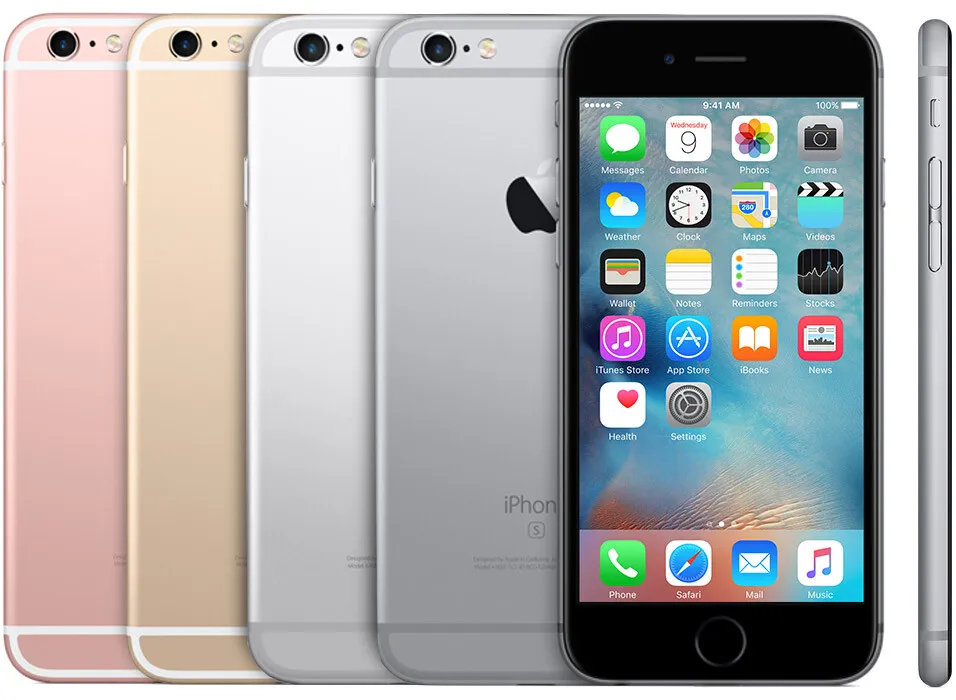
- iPhone SE (March 31, 2016): A compact iPhone with iPhone 6S features in an iPhone 5S design.
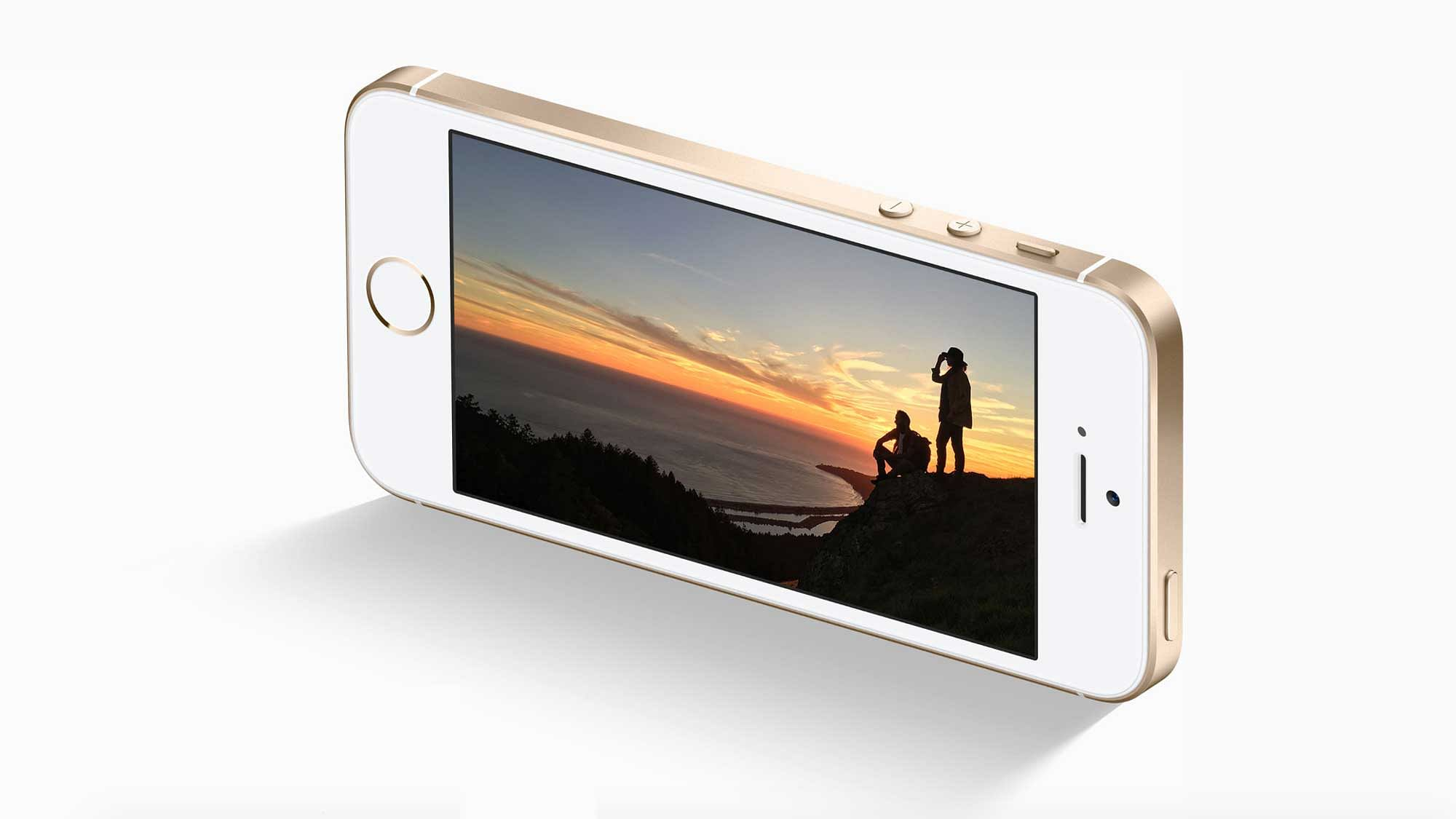
- iPhone 7 (September 16, 2016): Removed the headphone jack, added water resistance, and introduced a dual-camera system on the iPhone 7 Plus.
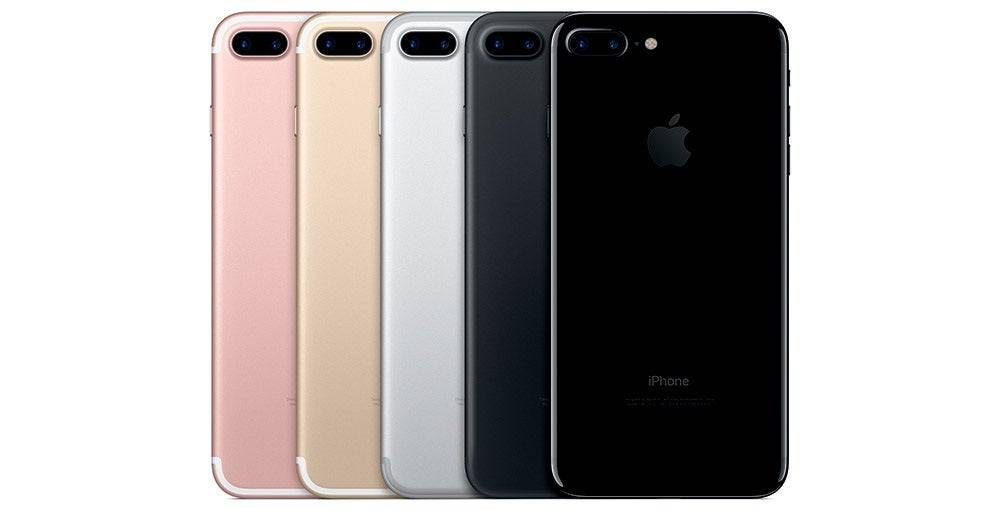
- iPhone 8 (September 22, 2017): Included wireless charging and a True Tone display.
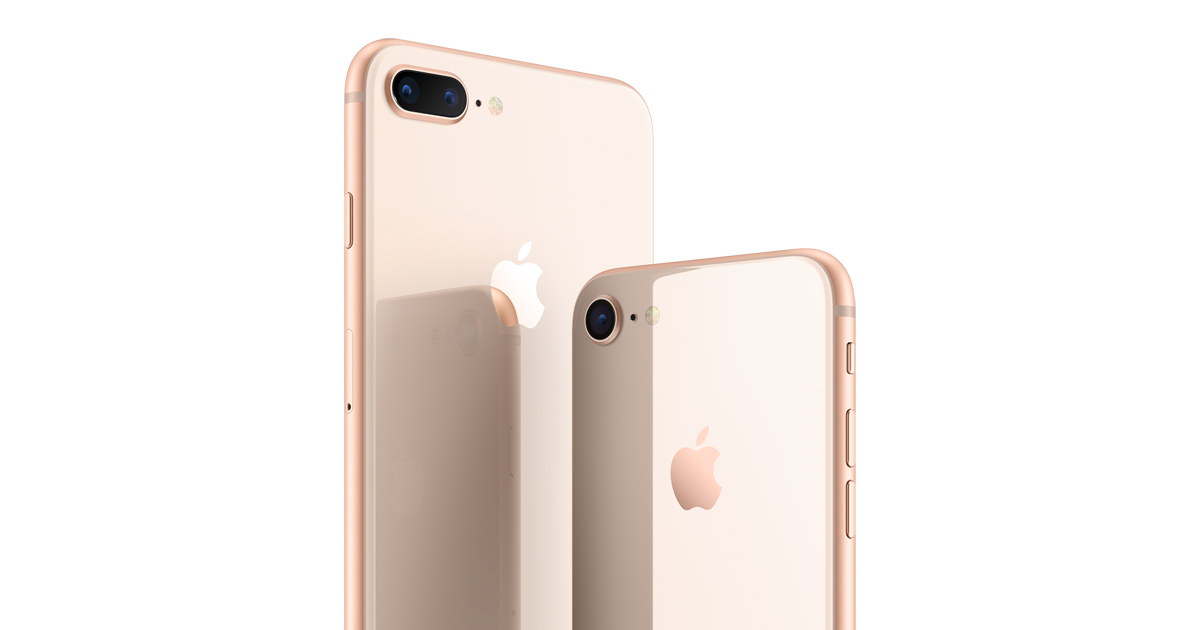
- iPhone X (November 3, 2017): A revolutionary design with an edge-to-edge display and Face ID.
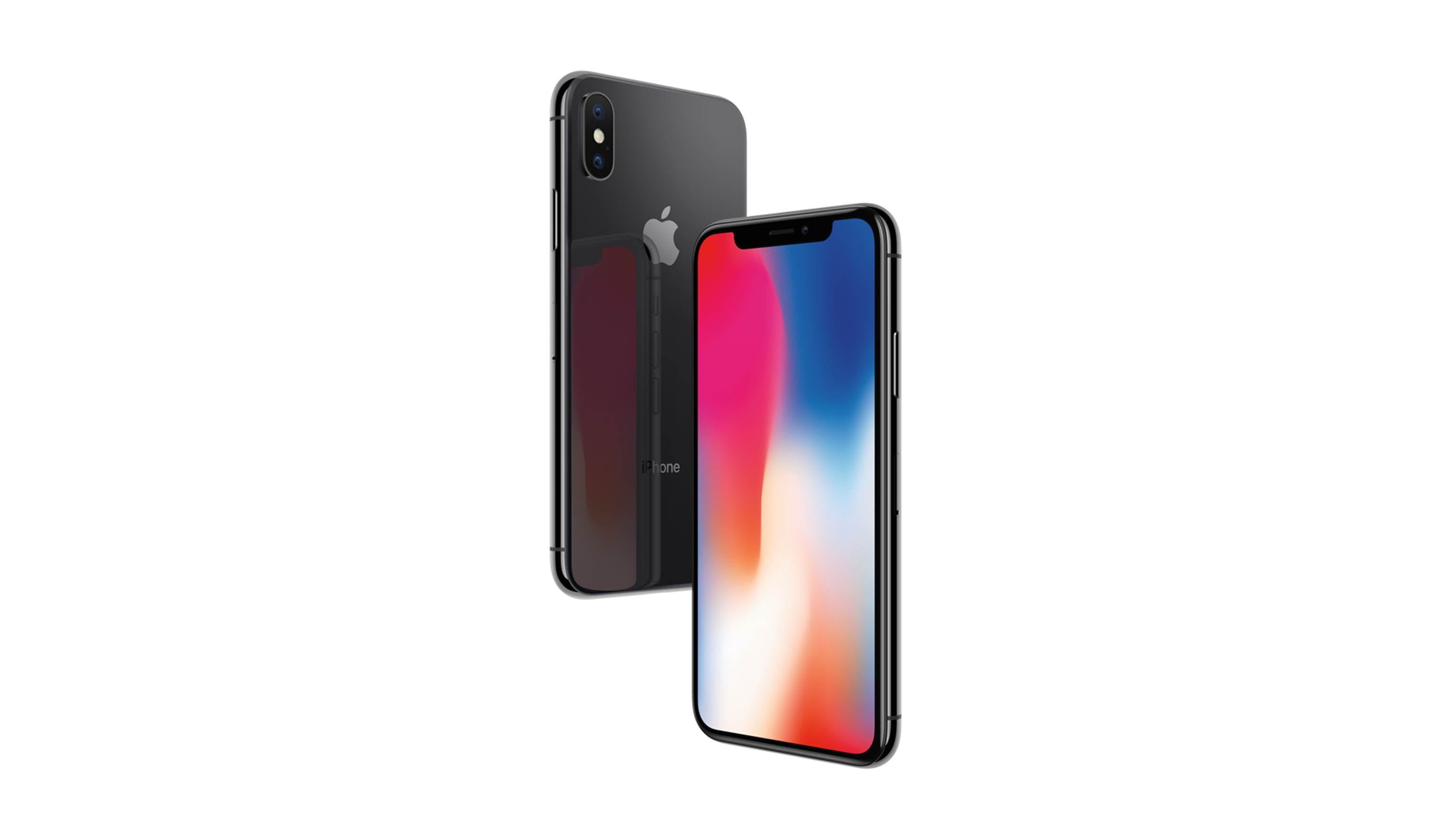
- iPhone XS (September 21, 2018): A refined iPhone X with minor improvements, including dual-SIM support.
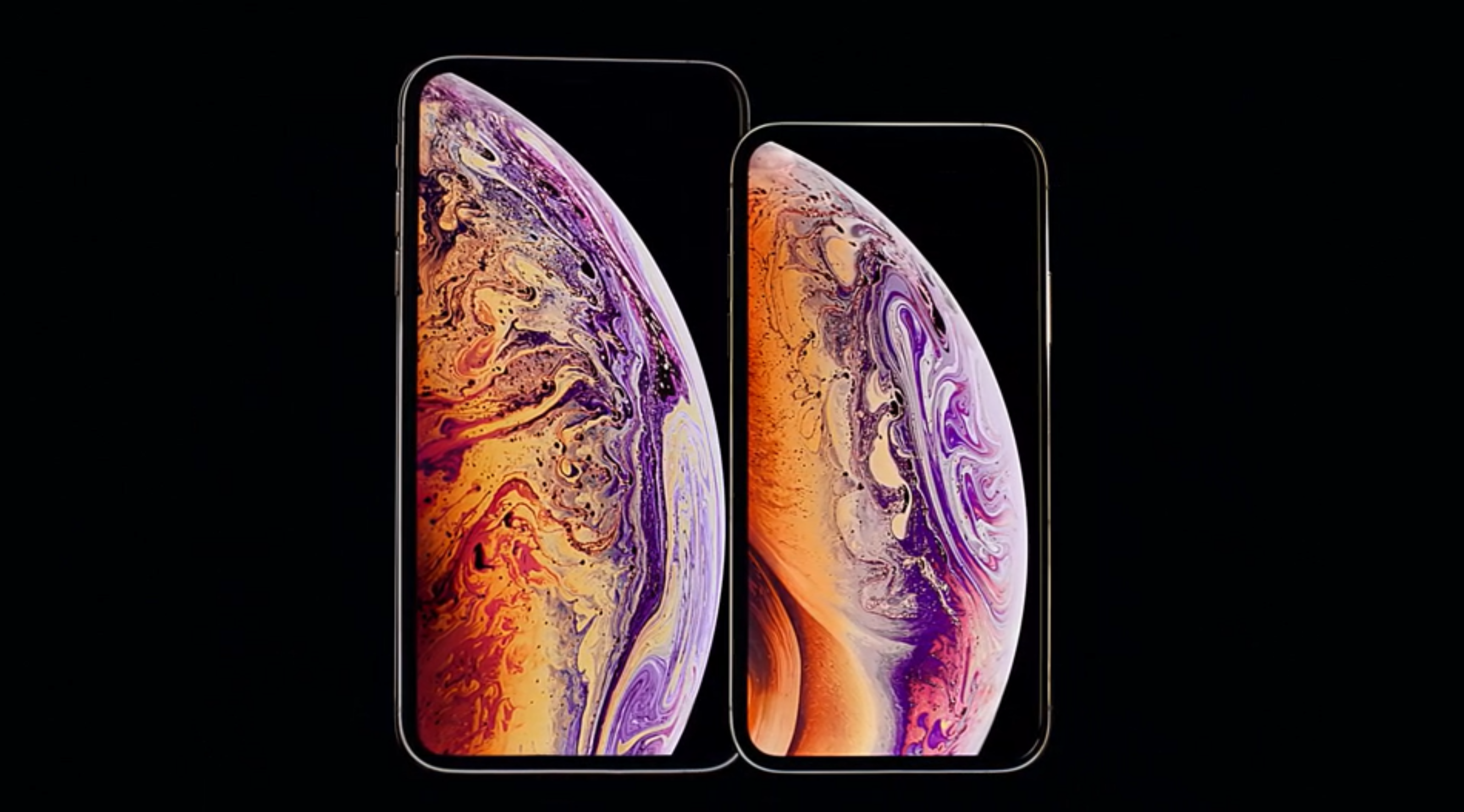
- iPhone XR (October 26, 2018): A more affordable iPhone with an LCD display and single rear camera.
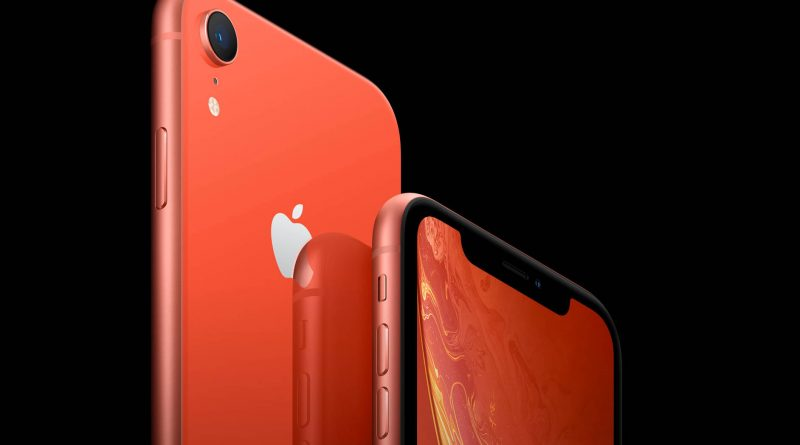
- iPhone 11 (September 20, 2019): Featured a larger 6.1-inch display, an ultrawide camera, and the introduction of Pro models.
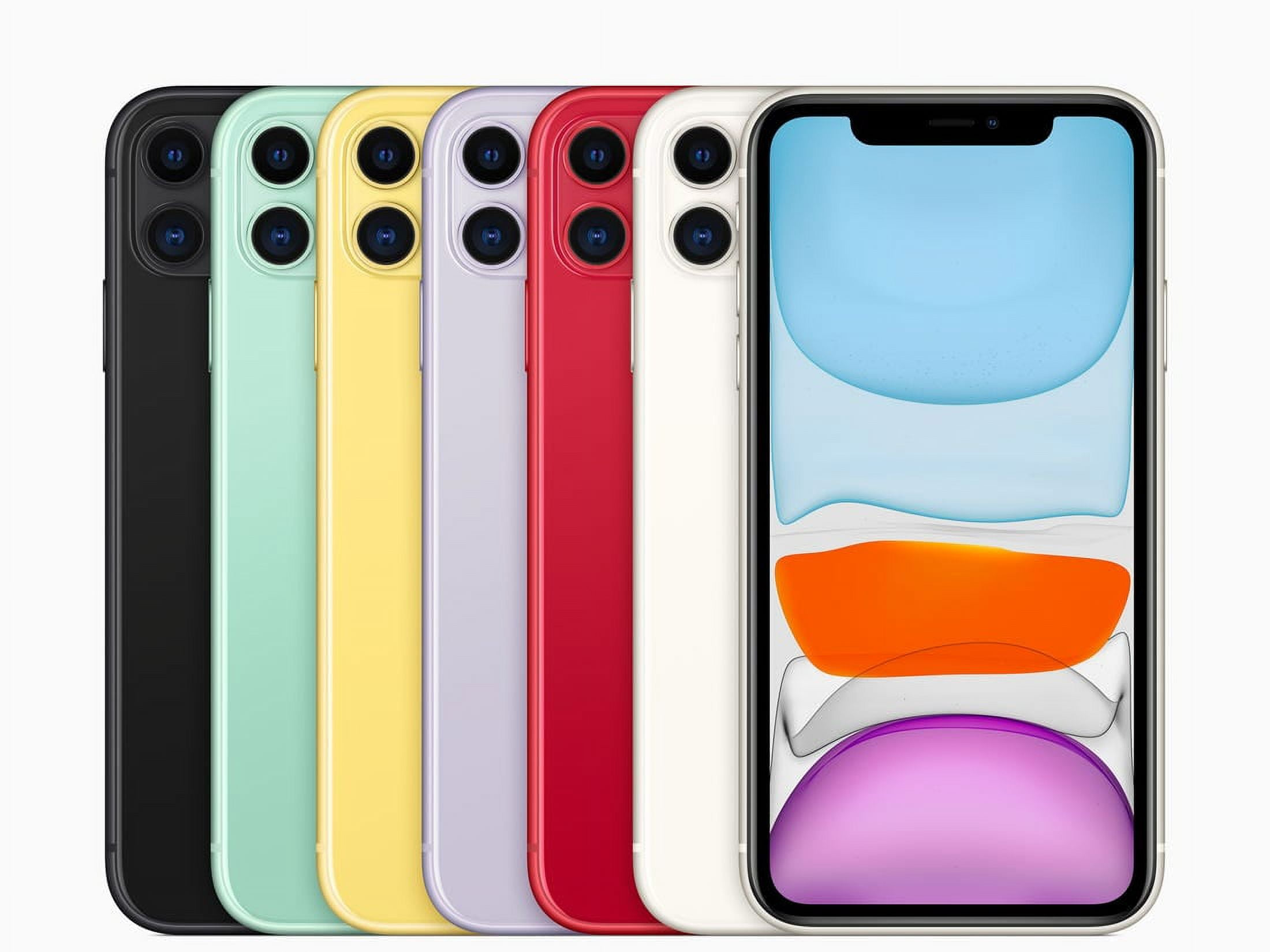
- iPhone SE (2nd Gen) (April 24, 2020): A significant upgrade over the first SE, with the A13 Bionic chip and a larger display.
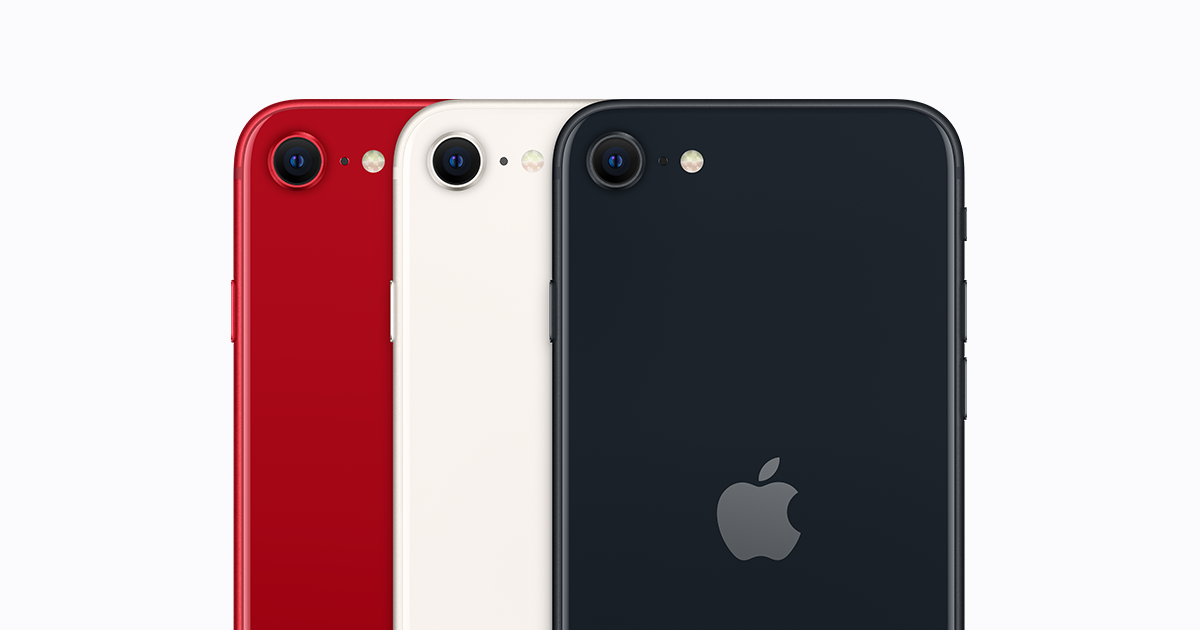
- iPhone 12 (October 23, 2020): Introduced MagSafe, a Super Retina XDR display, and Ceramic Shield.
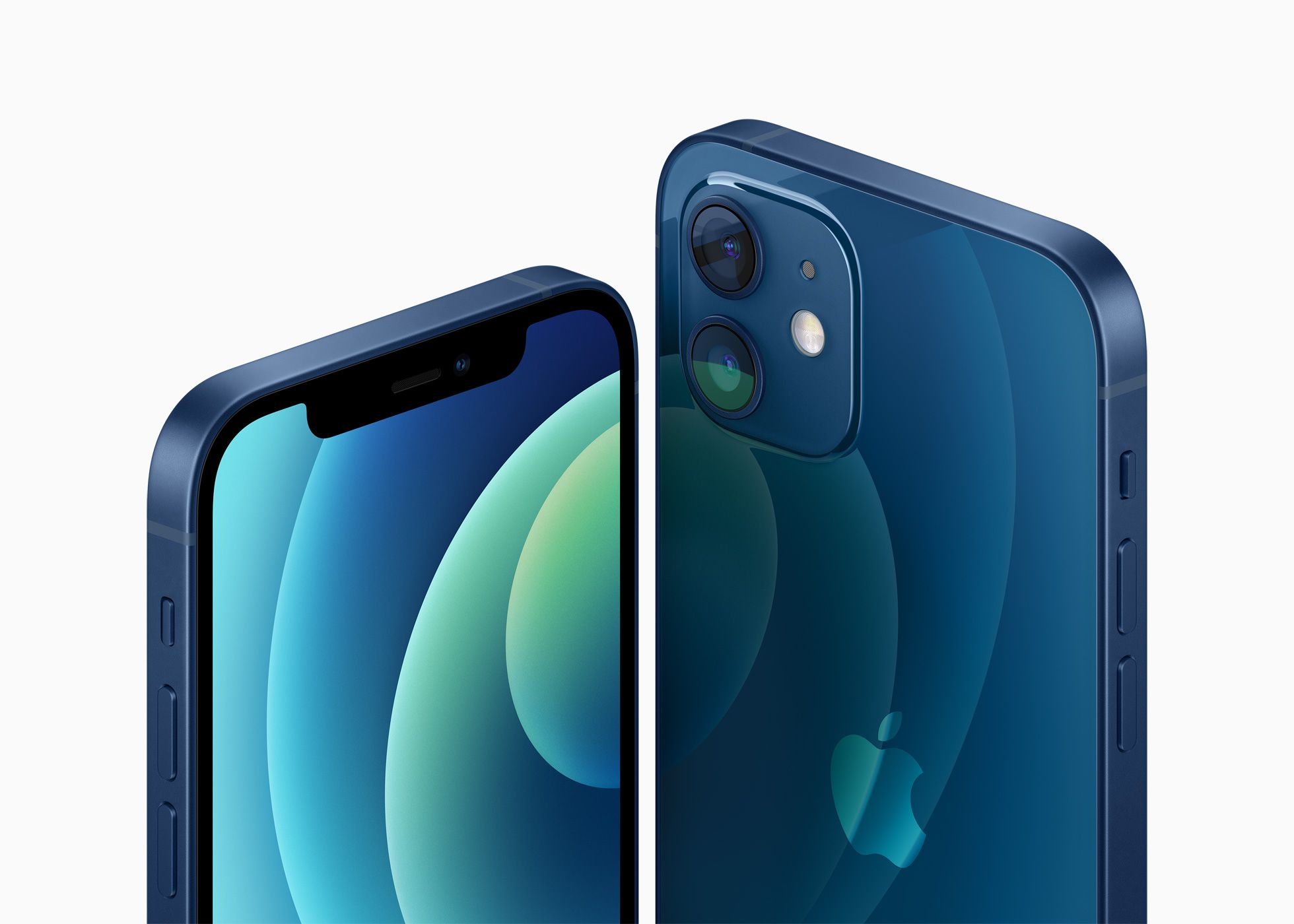
- iPhone 13 (September 24, 2021): Improved battery life, Cinematic Mode, and ProRes video on Pro models.

- iPhone SE (3rd Gen) (March 18, 2022): Returned the home button and added 5G connectivity.
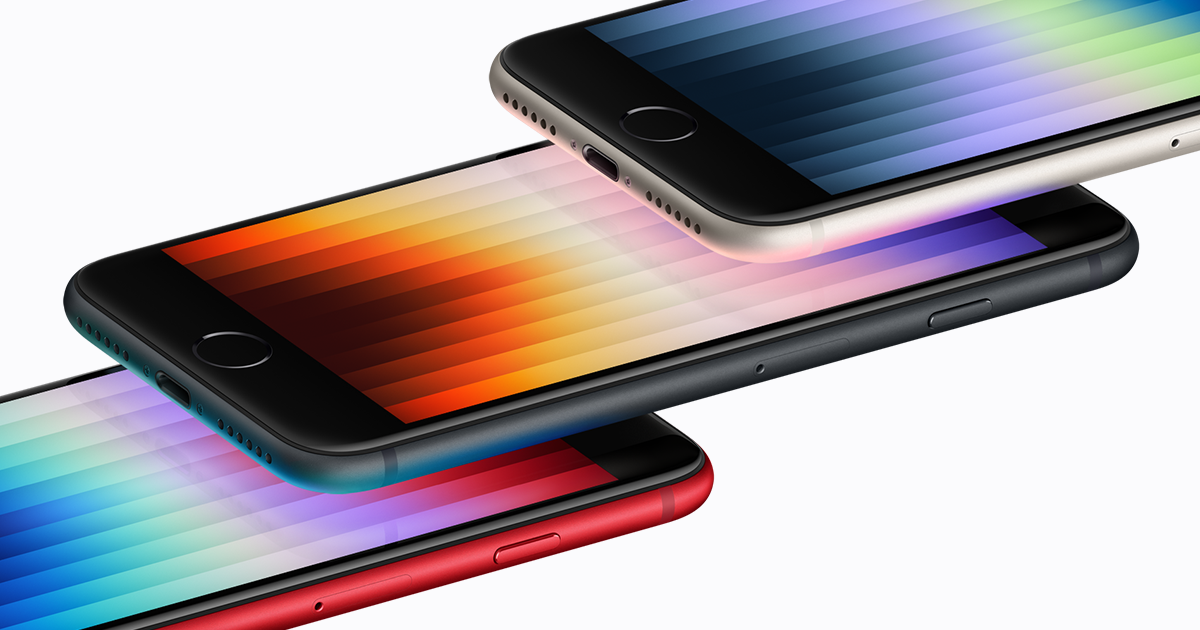
- iPhone 14 (September 16, 2022): Introduced Emergency SOS via satellite and upgraded camera systems.
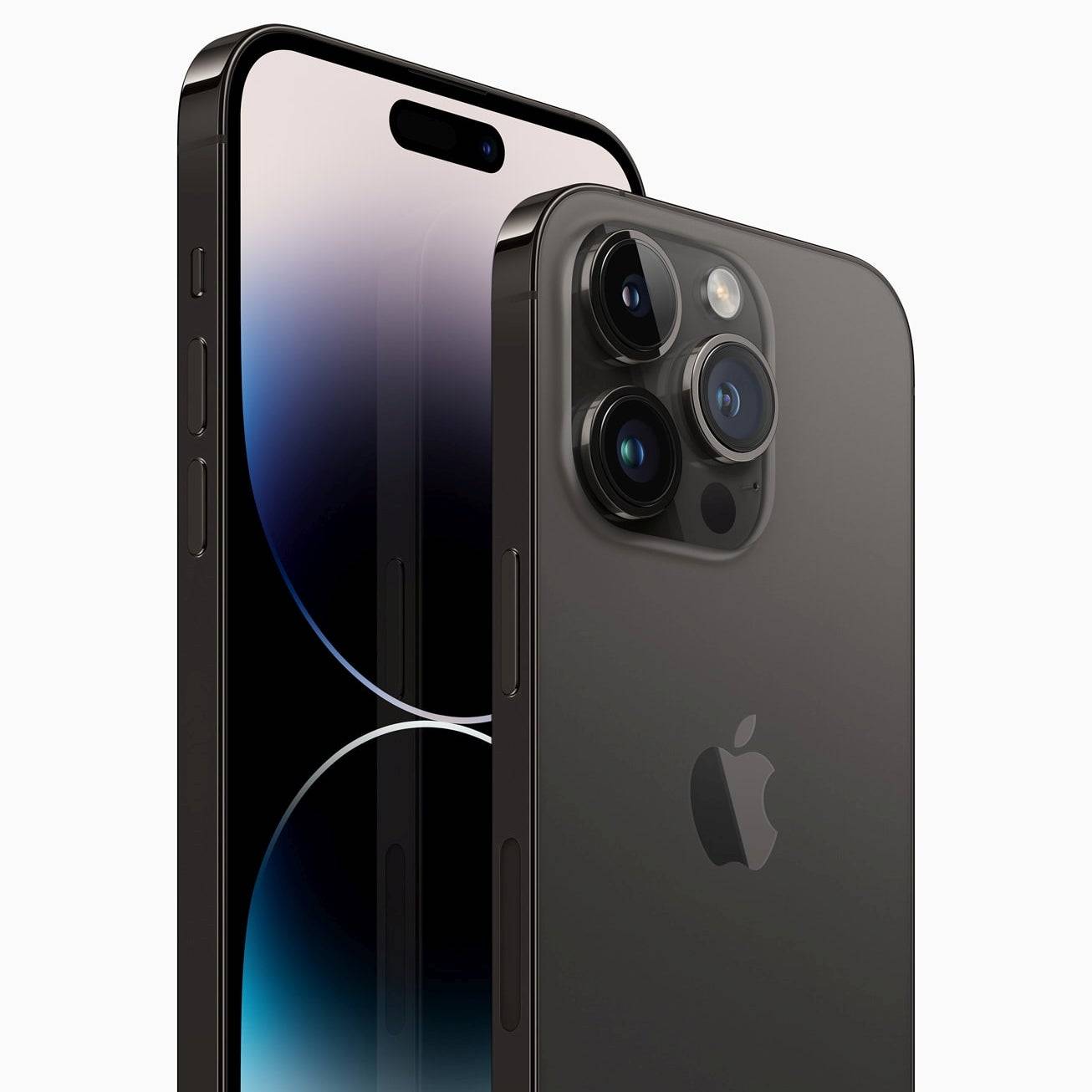
- iPhone 15 (September 22, 2023): Switched to USB-C, and Pro models featured a new lens, titanium frame, and action button.
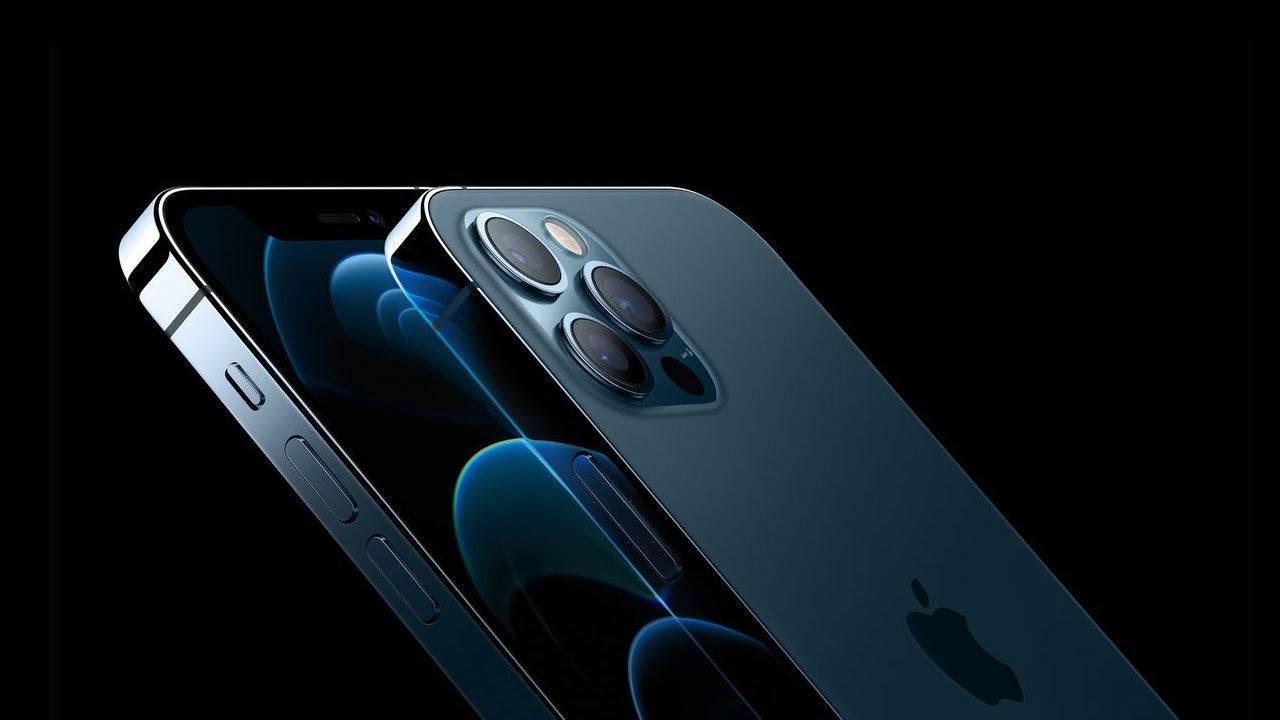
- iPhone 16 (September 20, 2024): Features faster CPU, a customizable action button, and Apple Intelligence integration.
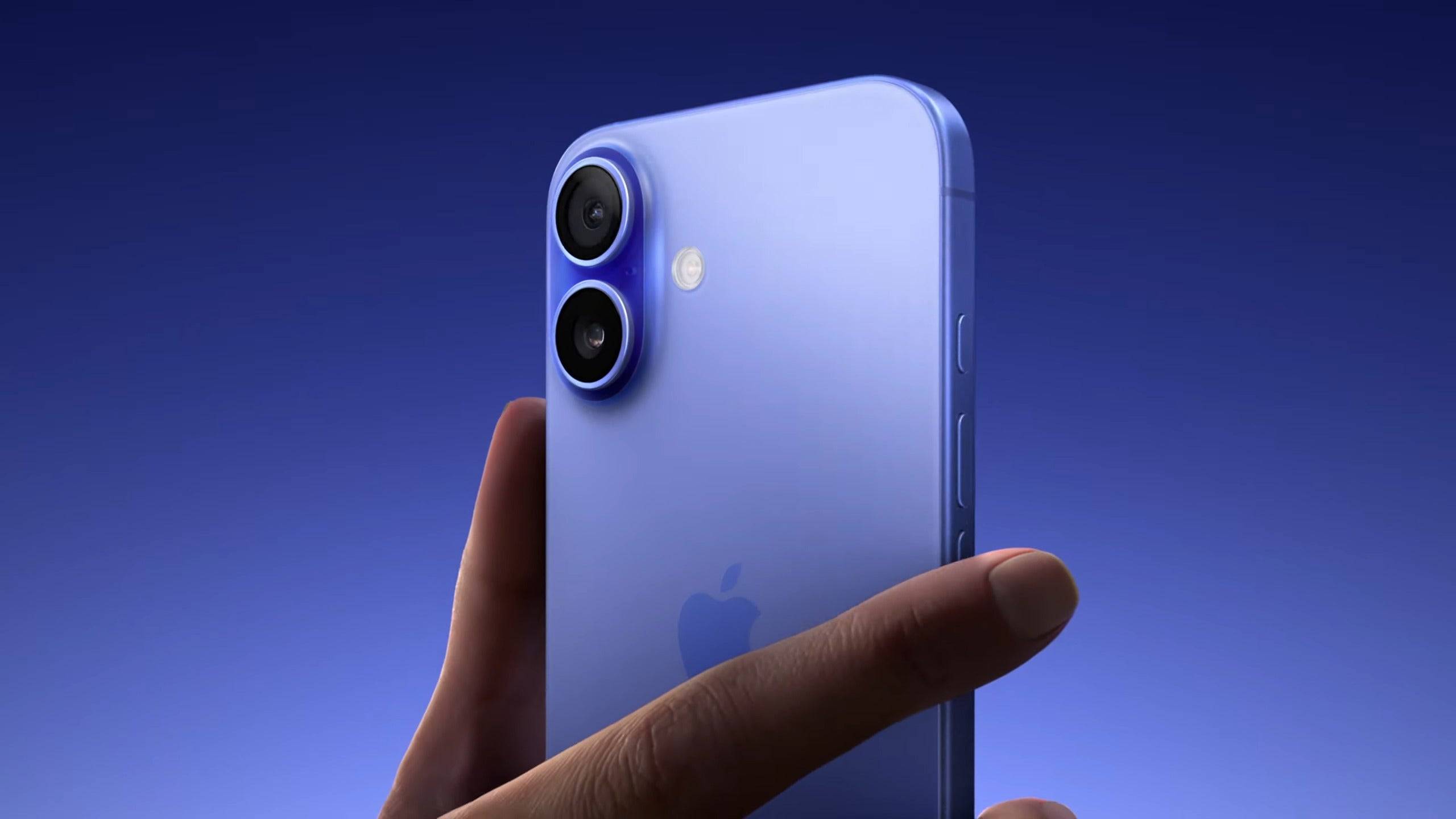
Looking Ahead to the iPhone 17
While the iPhone 16 is fresh, anticipation for the iPhone 17 is already building. A September 2025 release is likely.
This comprehensive overview provides a detailed look at the evolution of the iPhone. Each generation built upon its predecessor, leading to the sophisticated devices we know today.















